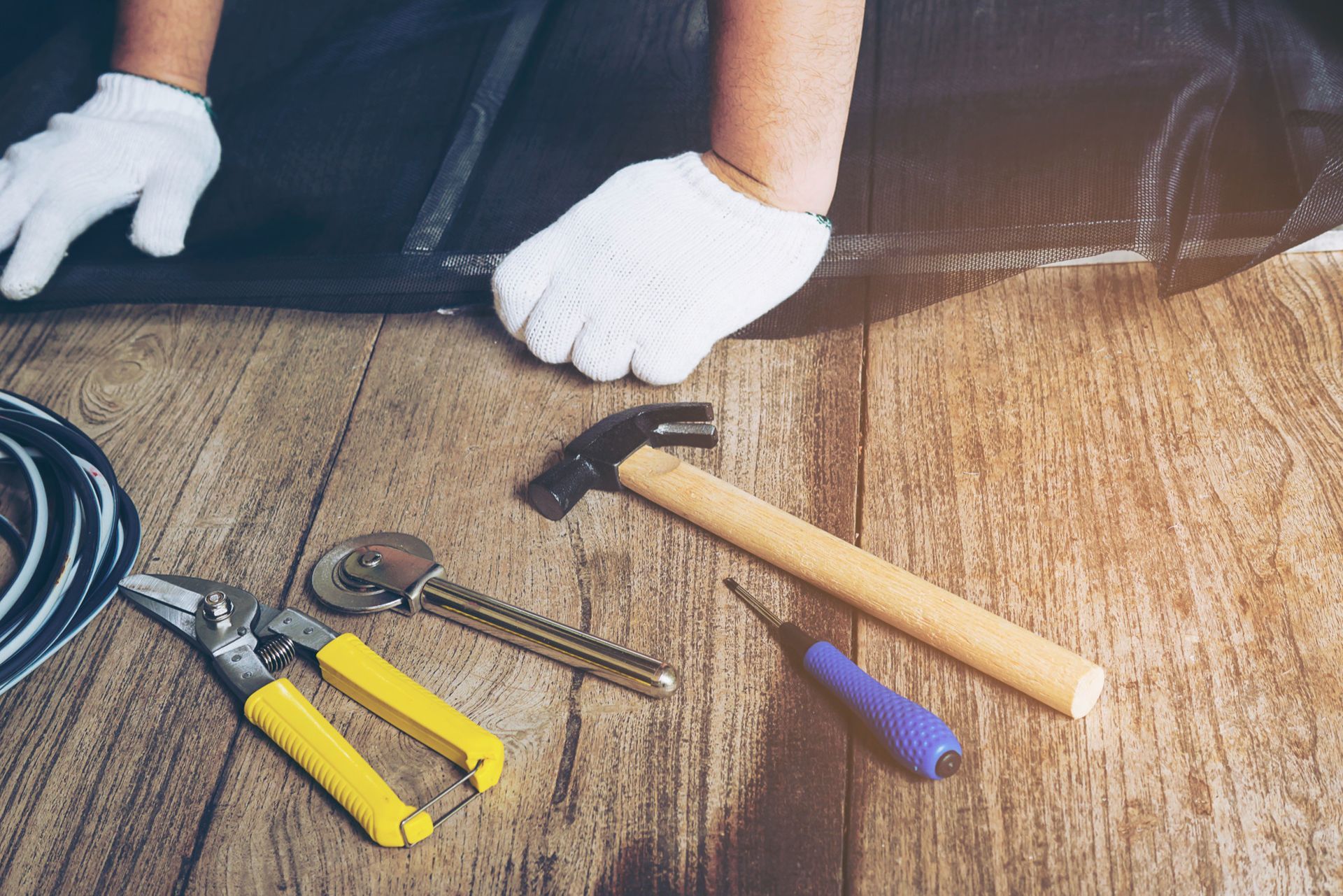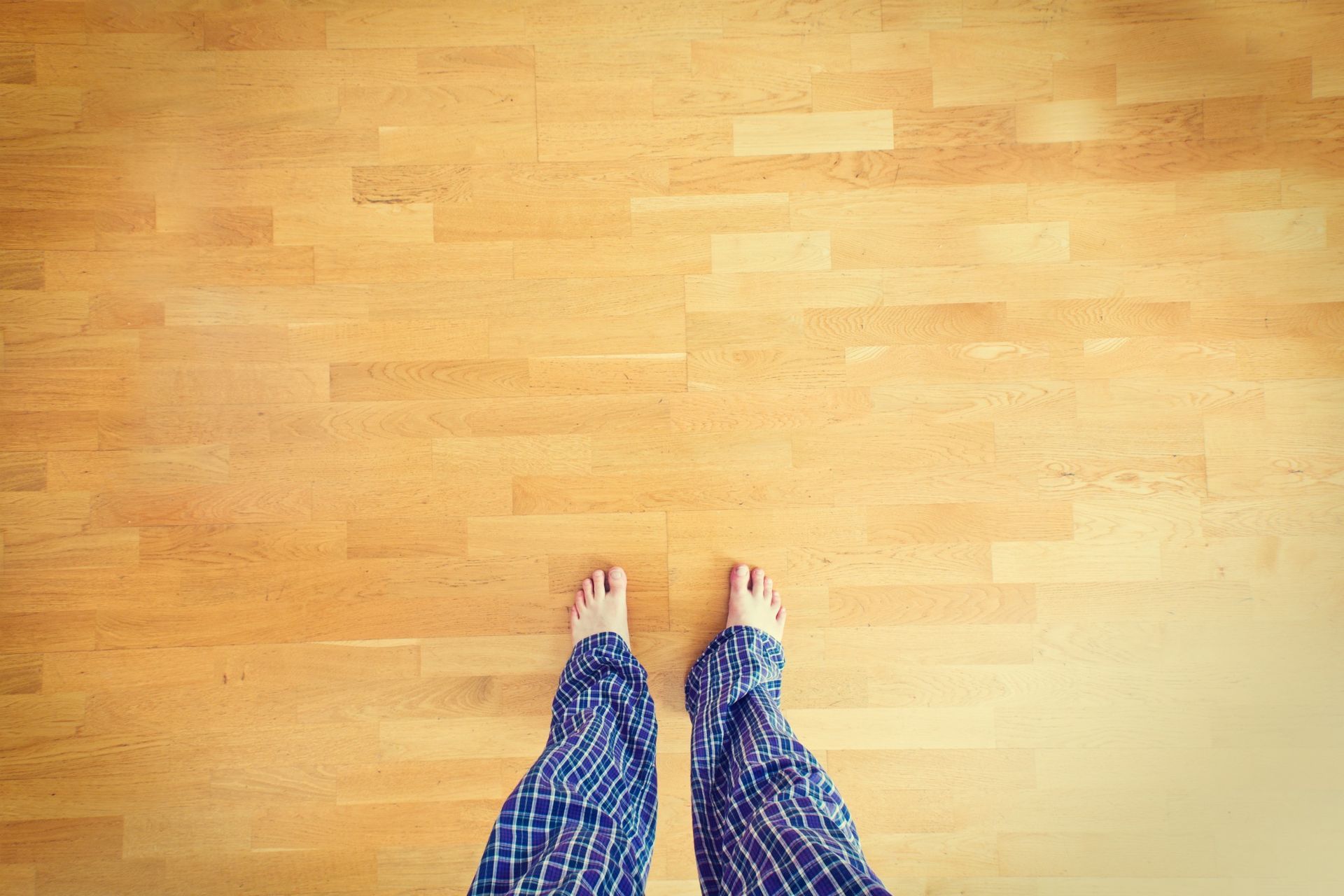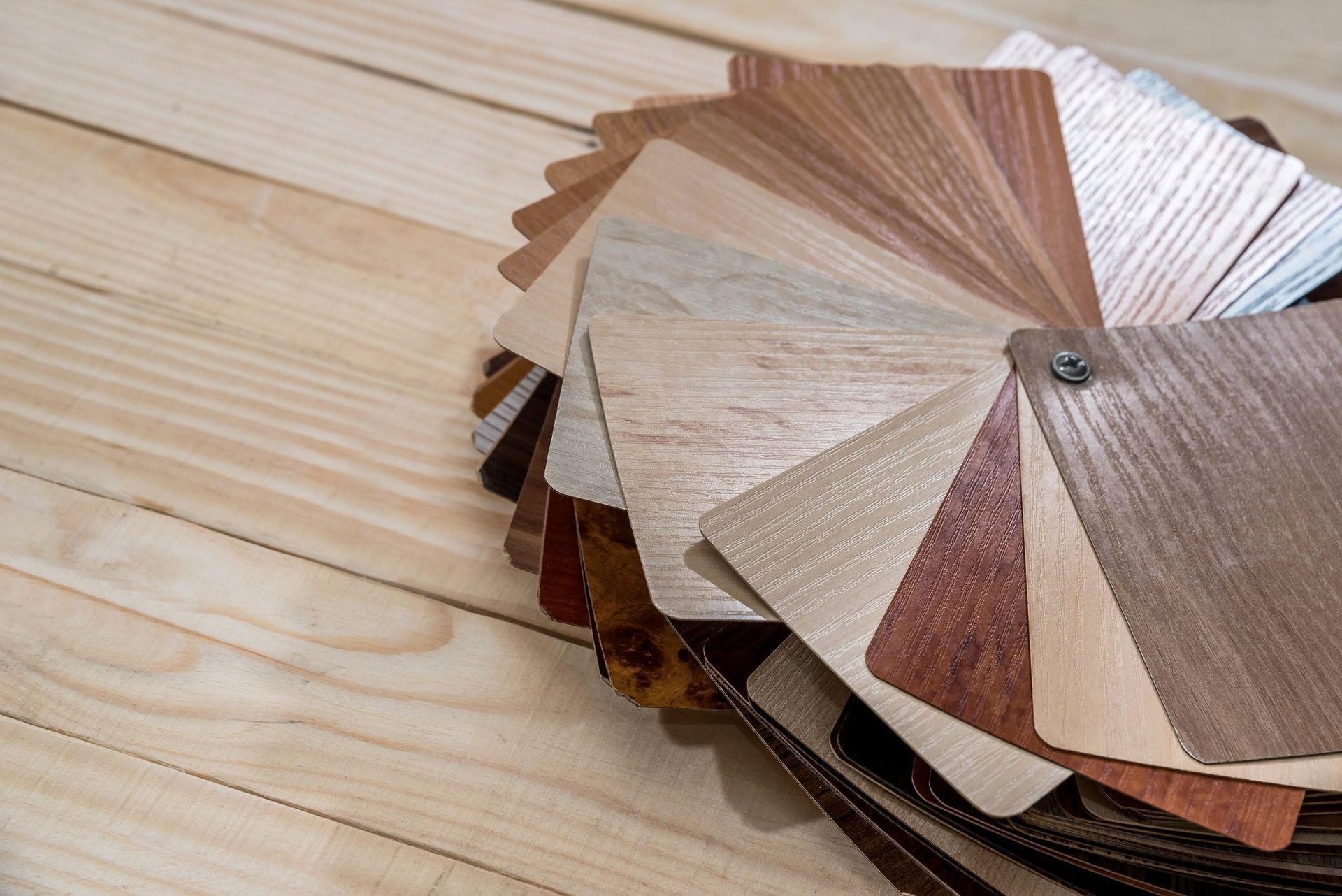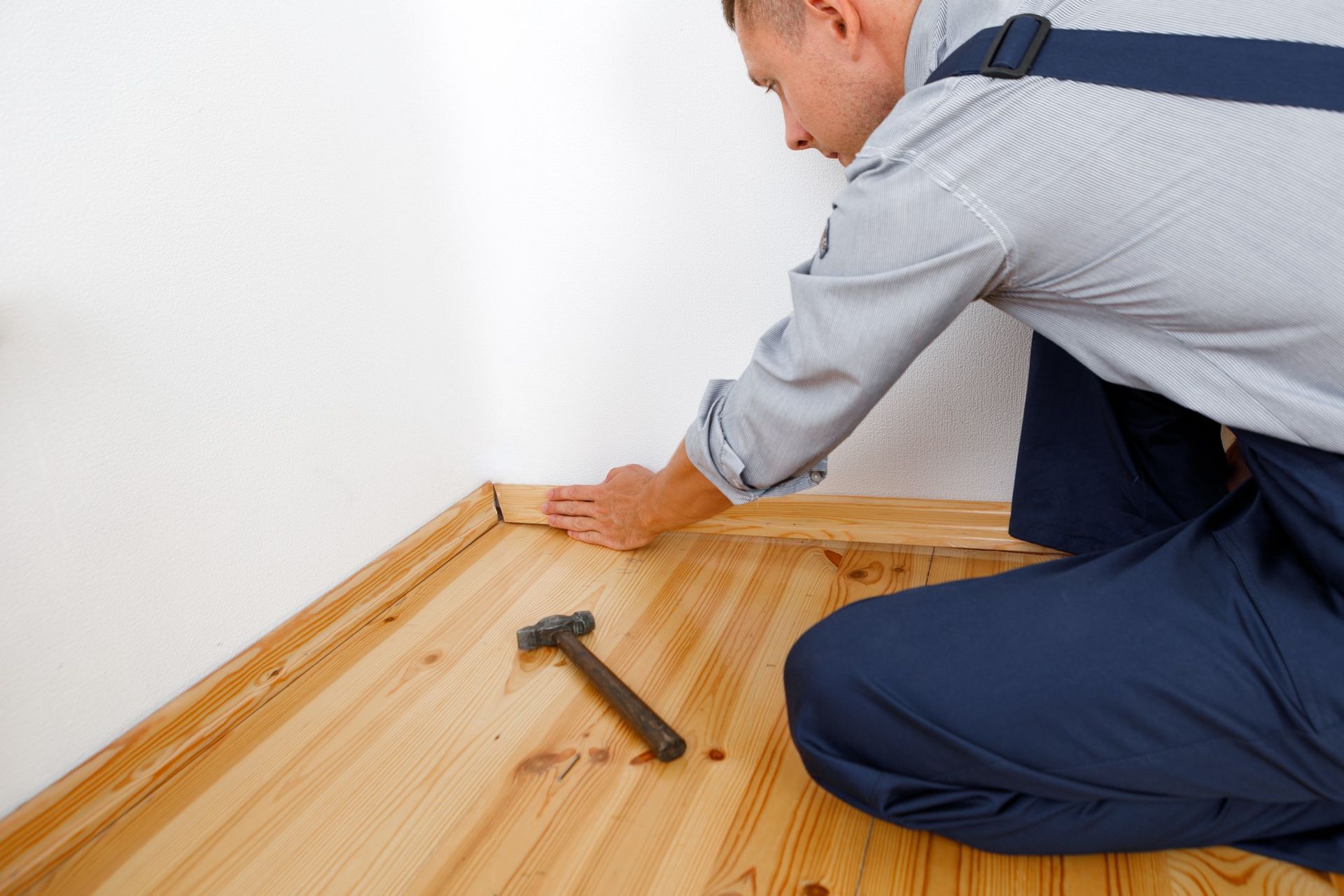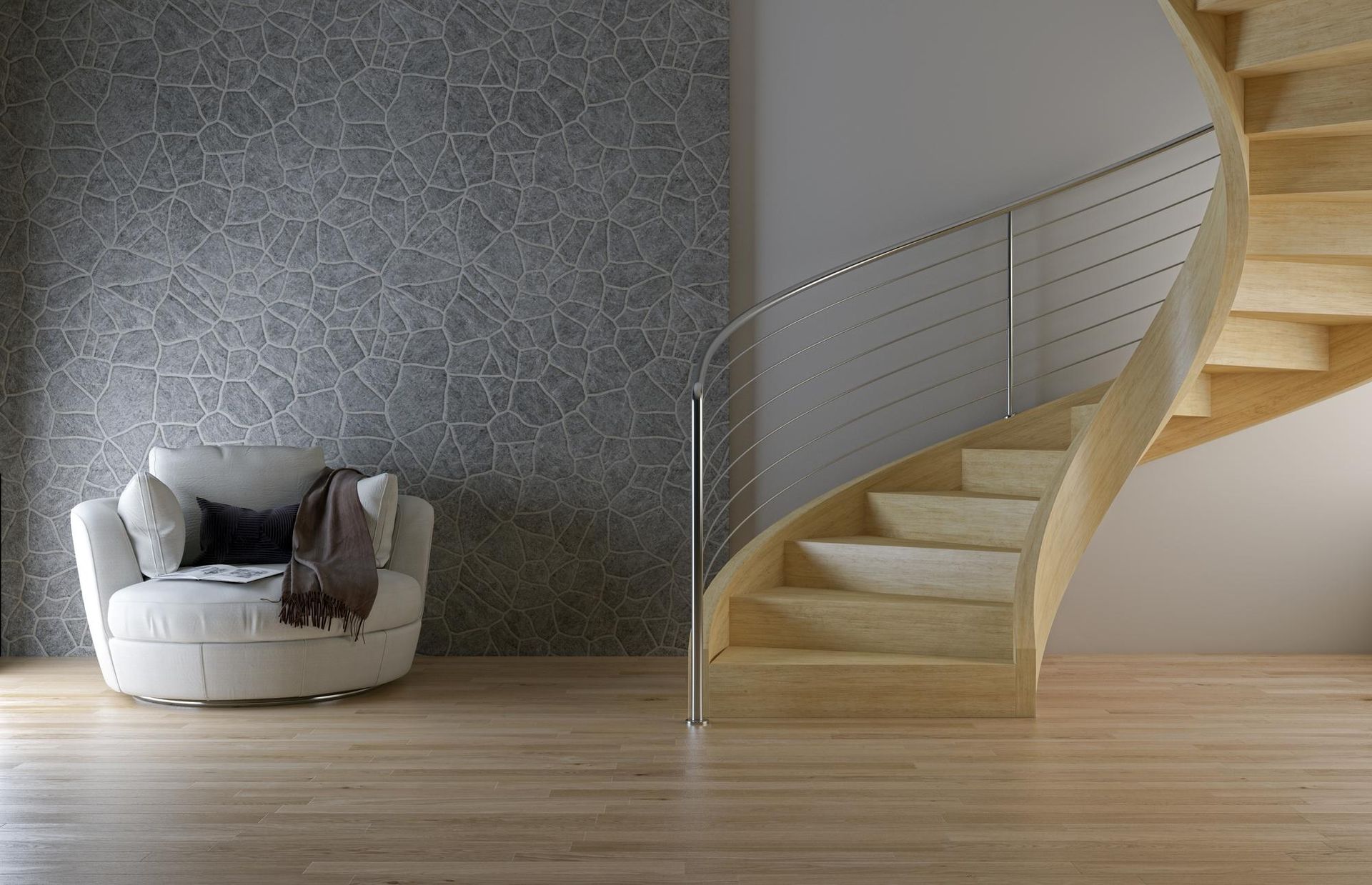GET A FREE QUOTE TODAY - CALL US (727) 518-9122
Signs for Replacing Hardwood Floors: When's the Right Time?
Hardwood floors are a popular and timeless flooring option for many homeowners. They add a touch of elegance and warmth to any home, but like all things, they eventually wear out and need to be replaced. So, how do you know when it’s time to replace your hardwood floors? In this article, we will discuss the signs that indicate it’s time to replace your hardwood floors and what you can do to make the process as smooth as possible.
Worn-Out Appearance:
One of the most obvious signs that your hardwood floors need replacing is their appearance. If your floors are scratched, discolored, or have a dull finish, it may be time to consider replacing them. Even if you have tried to refinish them, the wear and tear may be too much to repair. If your floors are looking tired and worn, it’s time to think about replacing them.
Water Damage:
Water damage is a common issue with hardwood floors, and it can cause significant damage if left untreated. If you have noticed any water stains or discoloration on your floors, it’s important to have them inspected as soon as possible. Water damage can weaken the wood and cause it to warp or even rot. If you have experienced any water damage to your hardwood floors, it may be time to replace them.
Visible Gaps:
Over time, hardwood floors can shrink and expand due to changes in humidity and temperature. This can cause gaps to form between the boards, which can be unsightly and allow dirt and debris to collect. If you have noticed visible gaps in your hardwood floors, it may be time to replace them. While some minor gaps can be filled in, larger gaps may require a complete replacement.
Warping:
Warping is another sign that your hardwood floors need replacing. This occurs when the wood absorbs moisture, causing it to expand and contract unevenly. This can cause the boards to warp and buckle, creating an uneven surface. If you have noticed any warping in your hardwood floors, it’s important to have them inspected by a professional. In some cases, the warping can be repaired, but in most cases, a complete replacement is necessary.
Termite Damage:
Termites can wreak havoc on hardwood floors, and the damage they cause can be difficult to repair. If you have noticed any signs of termite damage, such as small holes or sawdust, it’s important to have your floors inspected as soon as possible. If the damage is severe, it may be time to replace your hardwood floors.
Age:
Even if your hardwood floors look great and have no visible signs of damage, their age may be a good indicator that it’s time to replace them. Hardwood floors can last for decades, but they do eventually wear out. If your floors are approaching the end of their lifespan, it may be more cost-effective to replace them rather than continue to repair them.
What Can You Do?
If you have noticed any of the signs mentioned above, it’s important to have your hardwood floors inspected by a professional. They can help you determine the extent of the damage and recommend the best course of action. If your floors need to be replaced, there are a few things you can do to make the process as smooth as possible.
Plan Ahead:
Replacing hardwood floors can be a big project, so it’s important to plan ahead. Make sure you have a clear idea of what you want and how much you are willing to spend. You should also consider the time it will take to complete the project and any inconvenience it may cause.
Choose the Right Contractor:
Choosing the right contractor is essential when replacing your hardwood floors. Look for someone with experience and a good reputation. Get several quotes and compare them carefully. Make sure the contractor is licensed and insured and that they provide a detailed contract outlining the work to be done and the costs involved.
Choose the Right Flooring:
When it comes to choosing a new hardwood floor, there are many options to consider. You can choose from a wide range of colors, species, and finishes. Take your time to research your options and choose a floor that meets your needs and complements your home’s style.
Prepare Your Home:
Replacing hardwood floors can be a messy and disruptive process, so it’s important to prepare your home ahead of time. Move furniture out of the room and cover any items that can’t be moved. You should also consider the noise and dust that may be generated during the installation process and plan accordingly.
Stay Involved:
Throughout the process, it’s important to stay involved and communicate with your contractor. Regularly check on the progress and make sure the work is being done to your satisfaction. Address any concerns or issues as soon as they arise.
Conclusion
Ultimately, replacing your hardwood floors is a major undertaking, but it's essential to do so when signs indicate that it's necessary. This could be due to visible signs of wear and tear, water damage, gaps, warping, termite damage, or age. By replacing your floors, you can improve the overall appearance and value of your home.
Proper planning, choosing the right contractor, flooring, and preparing your home can help make the process go more smoothly. Seeking professional advice and taking necessary precautions will ensure that your hardwood floors are replaced at the right time.
So, if you notice any signs that your hardwood floors may need to be replaced, don't hesitate to take action. Doing so will not only make your home look and feel better but will also help you avoid more significant problems down the road.
Quick Links
Hours of Operations
- Mon - Fri
- -
- Saturday
- -
- Sunday
- Closed
All Rights Reserved | Bell’s Hardwood Flooring
